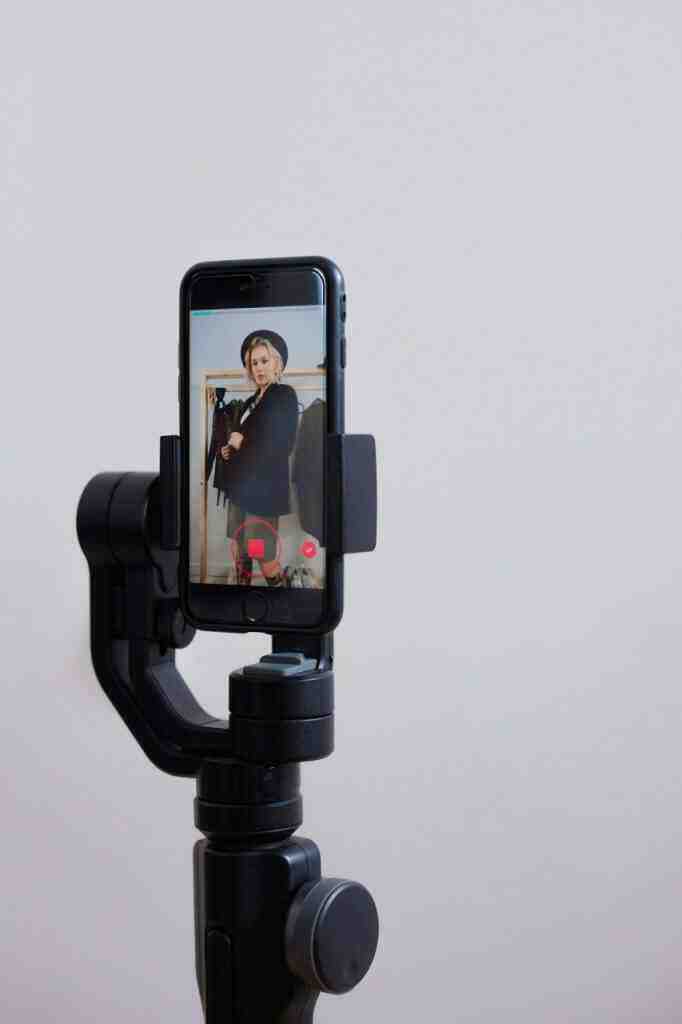The Future of Video Editing: Empowering Content Creators in 2024
In the ever-evolving digital landscape, video editing has emerged as a cornerstone skill for content creators, marketers, and educators. As we step into 2024, the video editing landscape is undergoing a remarkable transformation, driven by technological advancements and evolving consumer preferences. This article delves into the key trends and innovations shaping the future of video editing, empowering content creators with powerful tools and techniques to elevate their storytelling capabilities.
1. Artificial Intelligence (AI) and Machine Learning (ML): Unlocking Creative Potential
AI and ML are revolutionizing the way video editors work, automating repetitive tasks and enhancing creative possibilities. AI-powered tools streamline color correction, object tracking, and background removal, allowing editors to focus on the creative aspects of storytelling. ML algorithms analyze video content, suggesting edits, transitions, and effects that align with the video’s tone and message. These advancements expedite the editing process, enabling content creators to produce high-quality videos in less time.
1.1 AI-Generated Content: Expanding Creative Horizons
AI’s role extends beyond assisting editors; it can also generate original video content. AI-powered tools create realistic simulations, animations, and even entire scenes, expanding creative possibilities for content creators. These AI-generated elements seamlessly integrate with live-action footage, opening up new avenues for storytelling and visual experimentation.
1.2 Personalized Video Experiences: Tailoring Content to Individual Preferences
AI and ML algorithms analyze viewer behavior and preferences to tailor video content to individual tastes. This personalization goes beyond simple recommendations; AI can dynamically adjust the video’s pacing, tone, and content based on the viewer’s engagement levels. Personalized video experiences enhance viewer satisfaction and engagement, making videos more effective in achieving their intended goals.
2. Cloud-Based Editing: Accessibility and Collaboration Reimagined
Cloud-based video editing platforms are transforming collaboration and video production workflows. These platforms enable multiple editors to work on the same project simultaneously from anywhere in the world, facilitating seamless collaboration and expedited project completion. Cloud storage eliminates the need for local storage devices, ensuring secure access to video assets and easy sharing with clients and team members.
2.1 Collaborative Workflows: Unleashing Creative Synergy
Cloud-based editing platforms foster collaborative workflows, empowering teams to work together in real-time. Editors can share edits, comments, and suggestions directly within the platform, eliminating the need for cumbersome email chains or version control systems. This collaborative approach enhances creative synergy, leading to more innovative and engaging video content.
2.2 Remote Editing: Breaking Geographical Barriers
Cloud-based editing platforms break down geographical barriers, allowing editors to work from anywhere with an internet connection. This flexibility enables content creators to tap into a global talent pool and collaborate with the best editors regardless of their location. Remote editing also supports flexible work arrangements, empowering editors to maintain a healthy work-life balance.
3. Mobile Video Editing: Content Creation on the Go
The rise of powerful smartphones and tablets has made mobile video editing a viable option for content creators. Mobile editing apps offer a wide range of features, from basic trimming and color correction to advanced effects and transitions. These apps allow content creators to edit videos on the go, capturing and editing footage in real-time. Mobile editing democratizes video production, making it accessible to a broader audience of content creators.
3.1 Vlogging and Social Media Content: Engaging Audiences on the Move
Mobile video editing apps are particularly well-suited for creating vlogs and social media content. These platforms prioritize short, engaging videos that can be easily consumed on mobile devices. Mobile editing apps enable content creators to quickly and easily edit and publish videos, capitalizing on the immediacy and authenticity that social media audiences crave.
3.2 Livestreaming and Real-Time Editing: Connecting with Audiences in Real-Time
Mobile editing apps also facilitate livestreaming and real-time editing. Content creators can edit and enhance their livestreams in real-time, adding graphics, overlays, and effects to captivate their audience. This interactive approach fosters a sense of community and engagement, making livestreams more dynamic and engaging.
4. Immersive Storytelling: Virtual Reality (VR) and Augmented Reality (AR)
The rise of VR and AR technologies is opening up new possibilities for immersive storytelling. VR video editing tools allow content creators to produce 360-degree videos that transport viewers to the heart of the story. AR editing tools enable the integration of digital elements into real-world environments, creating interactive and engaging experiences. These immersive technologies have the potential to revolutionize the way stories are told and consumed.
4.1 VR Documentaries and Experiences: Transporting Audiences to New Worlds
VR documentaries and experiences offer viewers a firsthand perspective of real-world events and distant locations. VR video editing tools empower content creators to craft immersive narratives that transport audiences to the heart of the action. These experiences can raise awareness for important issues, foster empathy, and create a deeper understanding of different cultures and perspectives.
4.2 AR Interactive Storytelling: Blending the Real and the Digital
AR editing tools enable content creators to blend the real and digital worlds, creating interactive storytelling experiences. Audiences can interact with digital elements superimposed on their physical environment, unlocking new levels of engagement and immersion. AR storytelling can be used to create educational experiences, interactive games, and marketing campaigns that captivate audiences and leave a lasting impression.
Conclusion
The future of video editing holds endless possibilities for content creators to captivate audiences, convey powerful messages, and make a lasting impact. AI and ML are transforming the editing process, unlocking new creative possibilities while streamlining workflows. Cloud-based platforms facilitate collaboration and remote editing, breaking down geographical barriers and enabling seamless teamwork. Mobile video editing democratizes video production, making it accessible to a wider audience of content creators. Immersive technologies like VR and AR open up new avenues for storytelling, transporting audiences to new worlds and creating interactive experiences. As these trends continue to evolve, the future of video editing is poised to revolutionize the way we consume and interact with video content.
